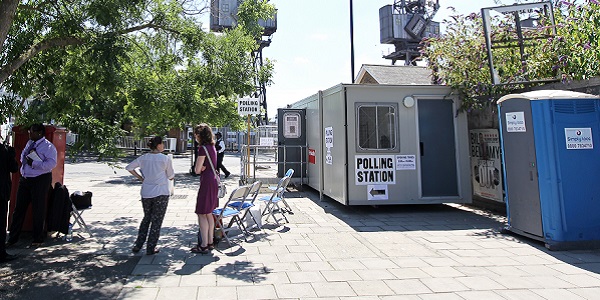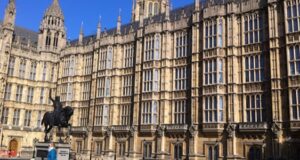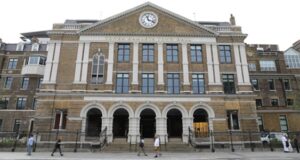BOUNDARY COMMISSION has published revised proposals for new parliamentary constituencies in the UK. There will now be a further period of public consultation before a final recommendation is made to Parliament to adopt these boundaries with effect from the next General Election.
The Boundary Commission faced two problems as it drew up new boundaries.
•First, it was asked by Parliament to reduce the number of MPs who sit in the House of Commons from 650 to 600. It was David Cameron who initially proposed this – in order to deal with public concern that MPs, and possible Parliament, were too costly. It was probably the loophole-riddled system of parliamentary expenses that were really causing public concern, but proposing to cut the number of MPs was Cameron’s way round creating a more fair and transparent system of remuneration. Thus the Boundary Commission had to reduce the number of constituencies, which inevitably meant a serious re-drawing of boundaries.
•Second, the Parliament gave the Boundary Commission a very limited target. Each MP had to have the same number of constituents – between 71,031 and 78,507. In one way this is said to be fair: it means that all MPs have to get similar numbers of votes to get elected, and all voters know the weight of their vote is about the same as the next voter’s. This argument is tripe. There is tremendous movement of population – with centres of employment moving around the country, areas of regeneration and vastly different rates of birth and immigration from region to region. Today’s rigid population target can – and will – be shattered by the granting of two or three new tower blocks on the Isle of Dogs, or the demolition required by London river crossings, high speed rail or airport expansion. MPs have a tremendously pressurised job and we need more of them, not fewer – especially in poorer areas, where people do have more problems.
The Boundary Commission has responded to its terms of reference by creating cross-borough parliamentary seats – especially in East London. It could do little else to meet the stringent conditions laid down by Parliament. We have seen these cross-borough seats before, and the last time we had them the Boundary Commission had to step in and put a stop to them and the nightmare they caused.
At a stroke, they virtually double each East End MP’s constituency workload. At the moment, a London MP will generally have to learn the policies of and personnel in one Borough Council. Under the Boundary Commission proposals, many of them will revert to having to deal with two different Councils in terms of their constituents’ concerns and will have to liaise with more local MPs to campaign to change or preserve a Borough’s policy, as there will be more MPs with a foot in each borough. This is not the way to give us more effective – let alone cost effective – MPs.
The proposals also shove a single ward or small groups of wards – two or three wards – into parliamentary seats dominated by a larger number of wards which are all from a single other borough. It is hard to see how these minority wards will feel anything other than very isolated – which is what occurred where this situation has happened before.
The Boundary Commission proposals will create a complete dog’s dinner of the East End. Residents will be asked to relate to their local government ward and its councillors and to the Council that those councillors are members of. They will then have to look in a different direction to develop the concept of what area their MP represents: whatever it is, it is not a natural area and it will contain residents of other boroughs.
For example, at the moment residents of Tower Hamlets know that the Borough has two MPs (Rushanara Ali and Jim Fitzpatrick). Newham residents know their Borough has two MPs (Lynne Brown and Stephen Timms). Barking & Dagenham residents know their Borough has two MPs (Margaret Hodge and Jon Cruddas). Simple. Under the new system, most residents of these boroughs will either have an MP whose constituency includes some of their own borough and some of another borough – or they will be small fry in a seat largely in another borough, there just to make up the numbers.
•For more information about the Boundary Commission’s proposals, or to comment on them (comments must be made before 11th December) go to:
https://boundarycommissionforengland.independent.gov.uk/2018-review/
•Read more about it:
Boundary Commission plans for East London
Boundary Commission: what’s in it for Labour?
Boundary Commission throws Rushanara a lifeline
[Adverts]
 East London News A Force for the community…
East London News A Force for the community…




